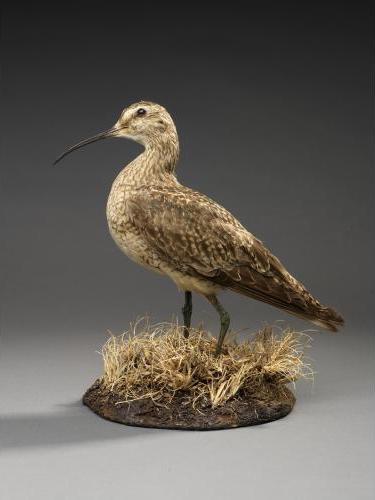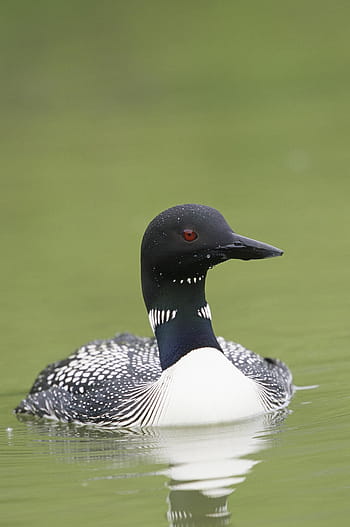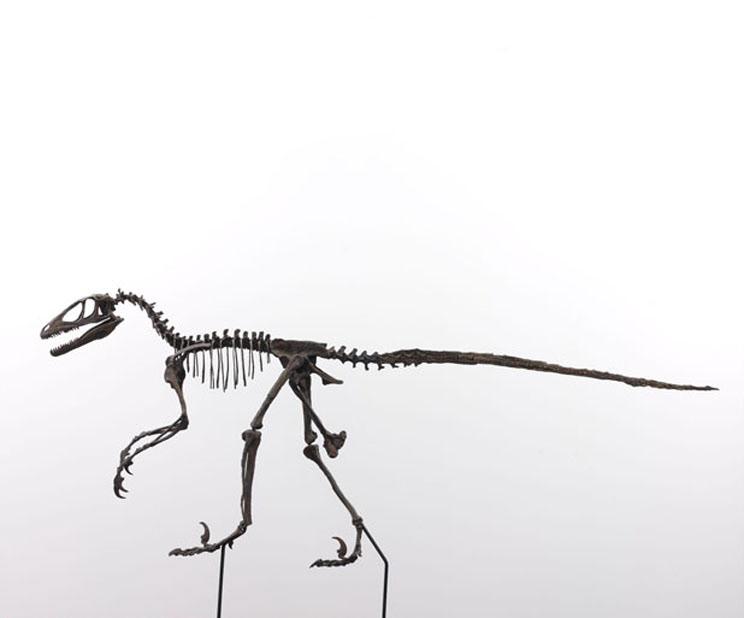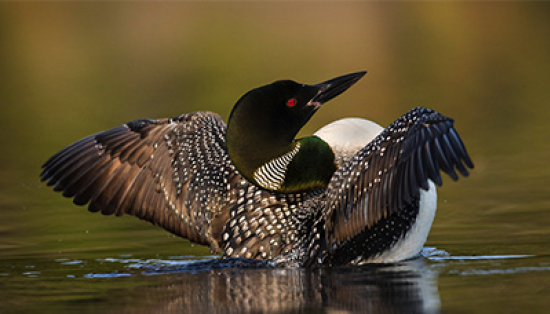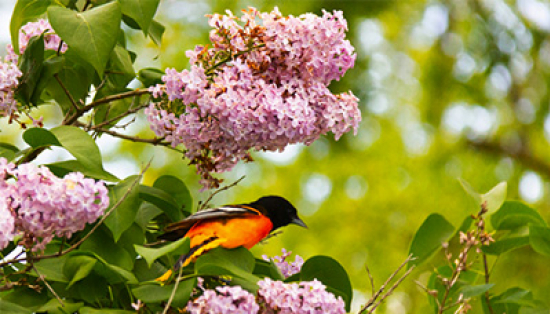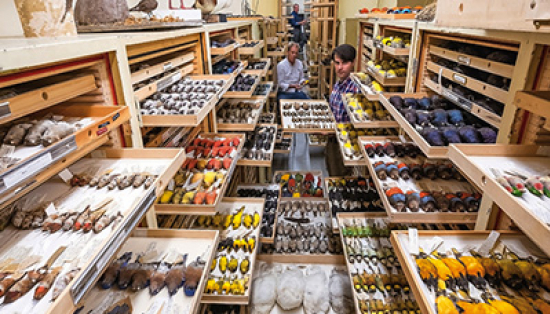Every Thursday at 10 am on Instagram we chat with a different ROM expert ready to answer your burning questions on a different subject. This time on Ask ROM Anything we are talking to Dr Santiago Claramunt, associate curator of ornithology at the ROM. He oversees the ROM’s bird collections, which represents the largest research collection of birds in Canada!
Santiago conducts research on bird evolution and is interested in reconstructing the tree of life of birds using both DNA and fossils. He is also interested in understanding how birds evolved to be so diverse and successful. He has traveled across South America, from the driest deserts to drenched rainforests in search of bird species.
Q. What made you decide that you want to study birds?
A. I was already fascinated by birds and their study when I realized that I could make that a career. I decided to become a scientist dedicated to the study of birds, an ornithologist. All the knowledge we already have about bird diversity and their biology can be leveraged to make progress in our understanding of how biodiversity originated and evolved.
Q. What is your favorite part of working with/Studying birds?
A. My favorite part is spending time looking at them and discovering new things, either in the field or examining specimens in the collection, like observing a new behavior or discovering a detail of their morphology I didn’t know before.
Q. Tell us more about the Red-winged Blackbird
A. The Red-winged Blackbird is a member of the diverse blackbird family Icteridae, a group of birds that are distributed exclusively throughout the Americas. The Red-winged Blackbird is one of the most common and abundant birds in North America. During the breeding season they are highly territorial and mostly insectivores (feed on insects and other small invertebrates). But during winter, when insects are scarce, they switch to a vegetarian diet mostly composed of seeds.
Q. Why are Canada’s White-throated sparrows singing a new song?
A. We don’t know why. It is one of those things that happens by chance once in a while. One bird sang a new song and others found it appealing and learned the song. Birds have aesthetic biases that can drive the evolution of their vocalizations probably in the same fashion some aspects of our own languages evolve.
Q. How long does it take for a bird to build their nest?
A. It depends heavily on the nest architecture and the materials used. A pigeon can build it simple stick nest within a few days. Other birds need more time. For example, South American ovenbirds (the horneros) build a dome-shaped nest with mud and they usually have to wait for a rainfall to find enough quantities of the right material. Sometimes they start nest building in the fall to have it ready for the spring.
Q. How many confirmed species of birds are out there?
A. There are between 10 and 11 thousand bird species, but we don’t know the exact number. The reasons are that determining whether two populations belong into the same species is not easy in many cases. Some experts suggest that we are underestimating the number of bird species and the actual figure is closer to 18 thousand.
Q. Most endangered bird?
A. Sadly, there is a long list of critically endangered birds. Among them, there are many that are already so rare and hard to find that we suspect that they may be extinct already, as nobody has found them in the last decade. That’s the case of the Eskimo Curlew (Numenius borealis) for example, or the Jamaican Poorwill (Siphonorhis americana).
Q. Favourite bird?
A. I have a long list of favourite birds. Among them, I’m going to mention the Palm Creeper (Berlepshia rikeri). Palm creepers live exclusively in palm swamps in the Amazonian region, where with all sort of acrobatic movements they forage on the fronds of Mauritia palm trees. Their plumage is also striking.
Q. Are there any birds without feathers?
A. No. All wild birds have feathers covering most of their body. However, breeders are creating breeds of chickens that are almost completely featherless.
Q. Oldest bird/bird lineage
A. At 150-120 million years, Archaeopteryx is the oldest bird. Despite numerous more recent discoveries of early birds, Archaeopteryx is still the oldest.
Q. Has bird migration within north America changed and why? What types of birds would alter that?
A. There is evidence that many migratory birds are arriving earlier at their breeding grounds, likely as a result of climate change. There is some evidence indicating that short-distance migrants—those that spend the winter within North America—have changed the most. But long-distance migrants—those that spend the winter in the tropical region or in the Southern Hemisphere—also show early arrivals.
Q. How do birds and dinosaurs relate? Did birds evolve from certain dinosaurs?
A. Birds evolved from a group of dinosaurs called theropods, which were mostly bipedal carnivores. A group of small theropods developed feathers, became arboreal, evolved the ability to fly, and thus became birds.
Q. What’s the best treat to give birds?
A. That depends on the bird. A House Sparrow would enjoy a crumb of bread, a penguin a sardine.
Q. In your opinion, what is the most interesting/unique Canadian bird?
A. Loons are very unique and very Canadian. Four out of the five species of loons that exist make Canada their home. Together, they represent a linage of birds that originated shortly after the extinction of the dinosaurs and they don’t have other close relatives. They are highly adapted for catching fish by diving and these adaptations evolved independently from that of other divers such as auks, penguins, and grebes.
Q. Aside from the peacock, what are some birds that display sexual dimorphism?
A. Sexual dimorphism is very common among birds. In some cases, it is very evident, and males are the most colorful of the pair and have specialized ornamental feathers. Such is the case of the peacock, pheasants, some ducks, birds of paradise, and blackbirds. But sometimes the dimorphism is more subtle and is a matter of color intensity or body size. Among diurnal and nocturnal repots, it is common for females to be larger than males. In a few cases, like in jacanas, females are larger and more brightly colored than males, they defend territories and protect the males that have the task of incubating the eggs.
Q. Have you seen hummingbirds before? If so, could you tell us more about them?
A. Hummingbirds are amazing creatures. I have done fieldwork in tropical South America, where hummingbirds are abundant and diverse. The smallest hummingbirds, at about 2 grams, is the smallest bird in the world. The largest hummingbird is the size of a sparrow and lives in the arid Andean highlands and nearby deserts. The sight of colorful hummingbirds with glittering patches of feathers feeding on tropical flowers is one of the most stunning displays of the beauty of nature.


